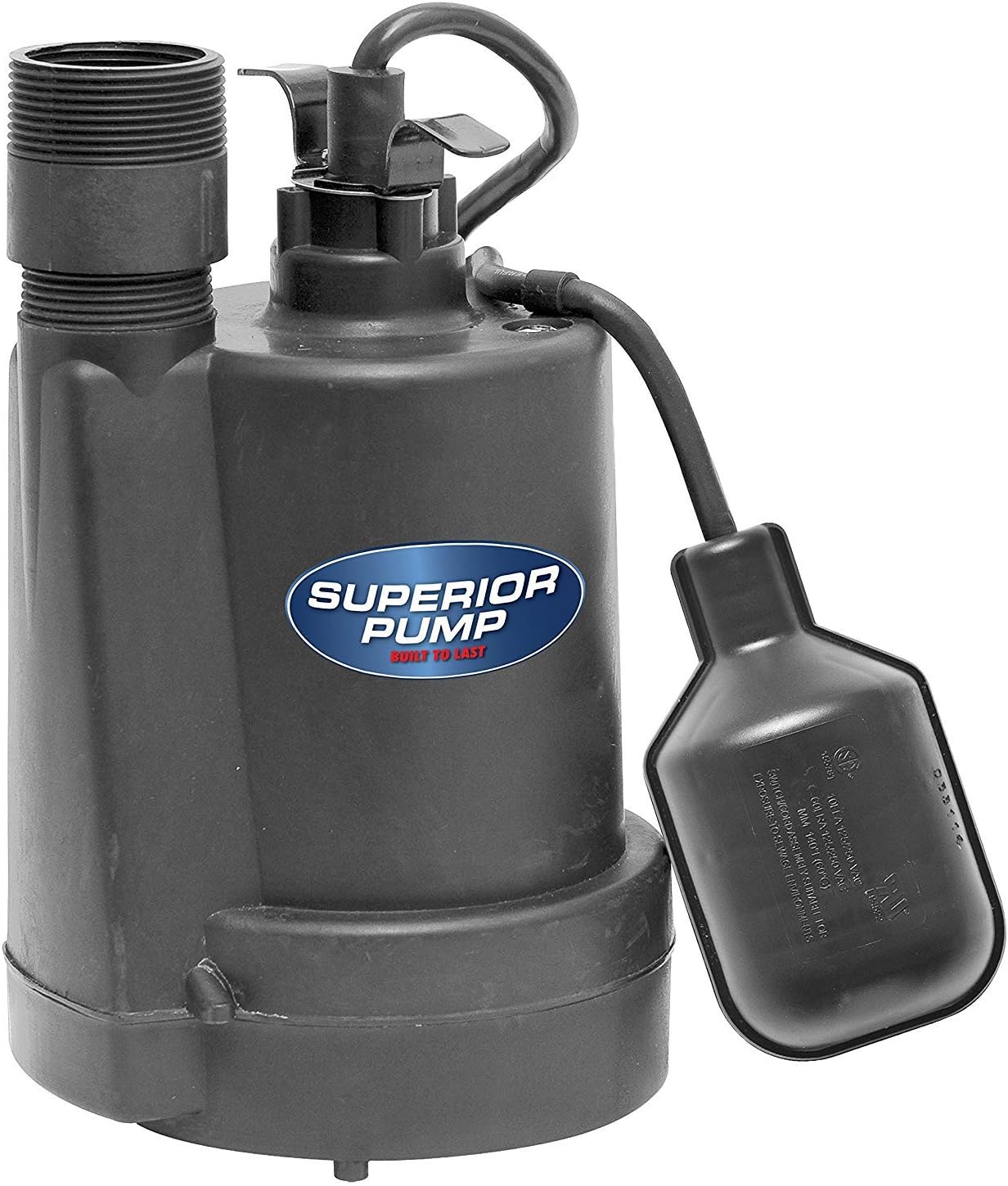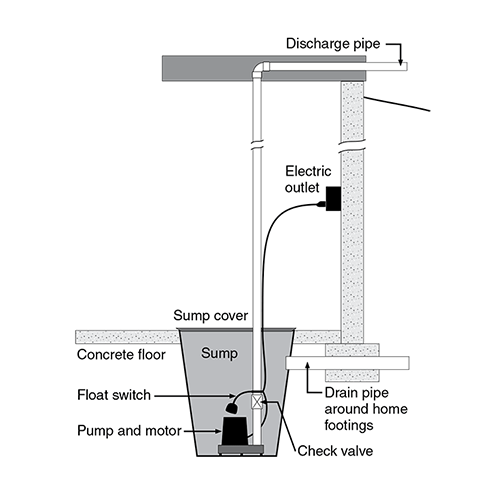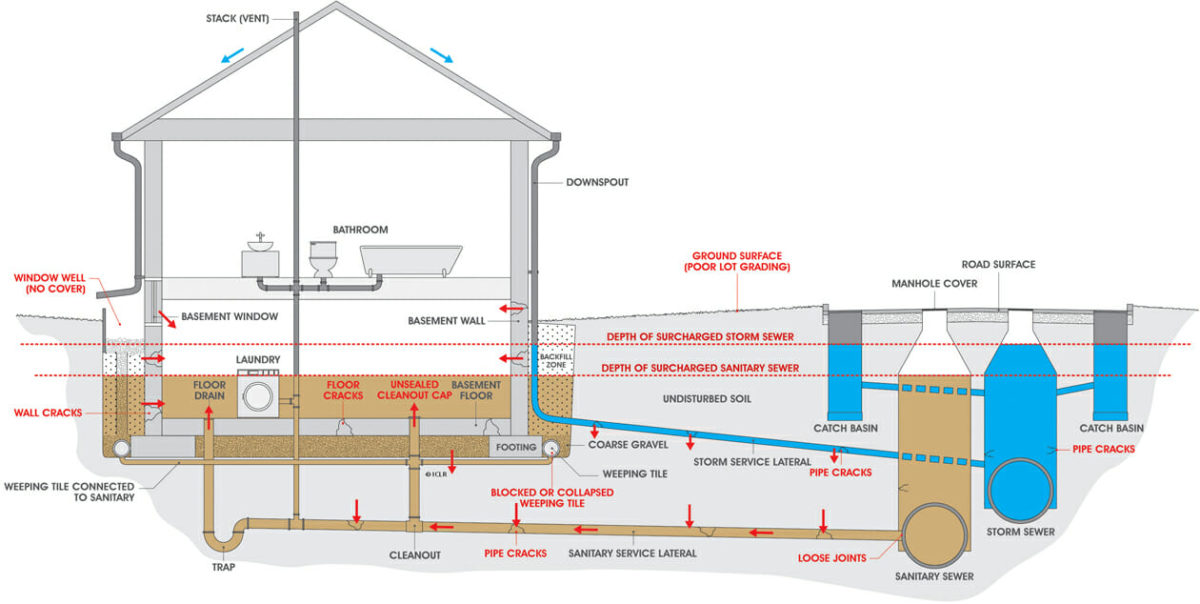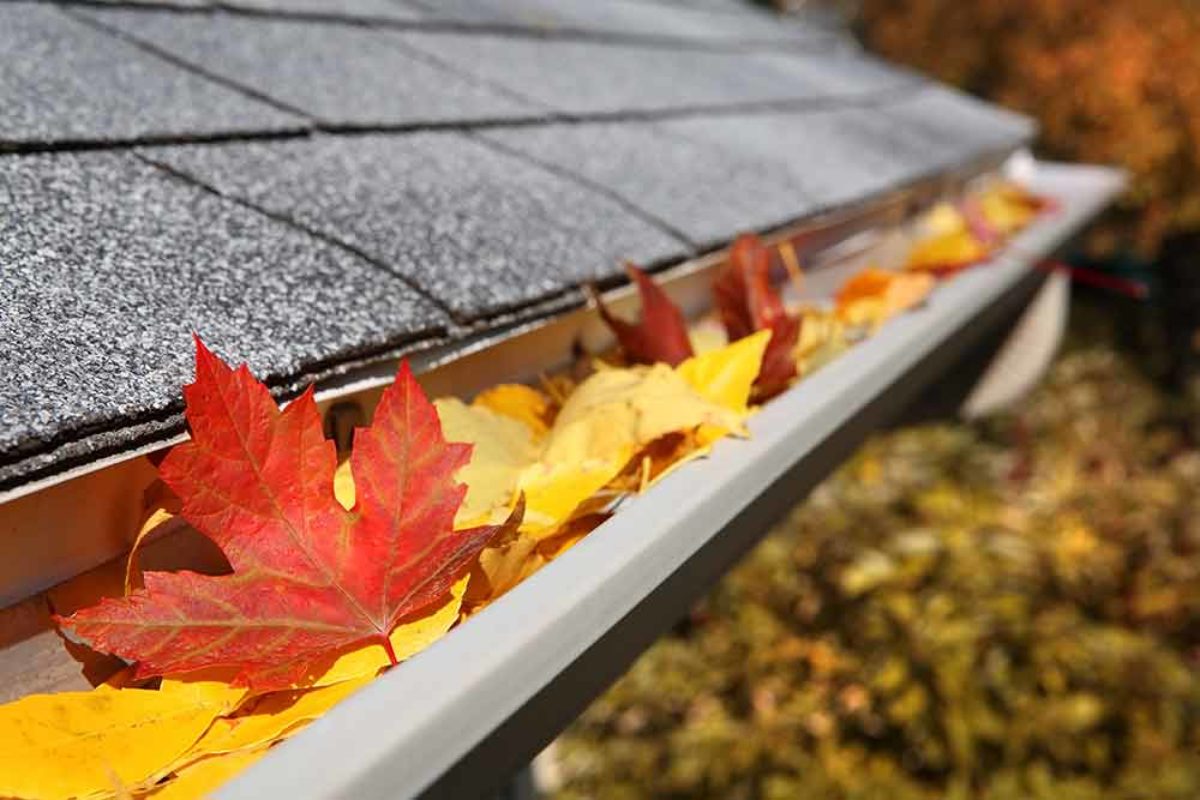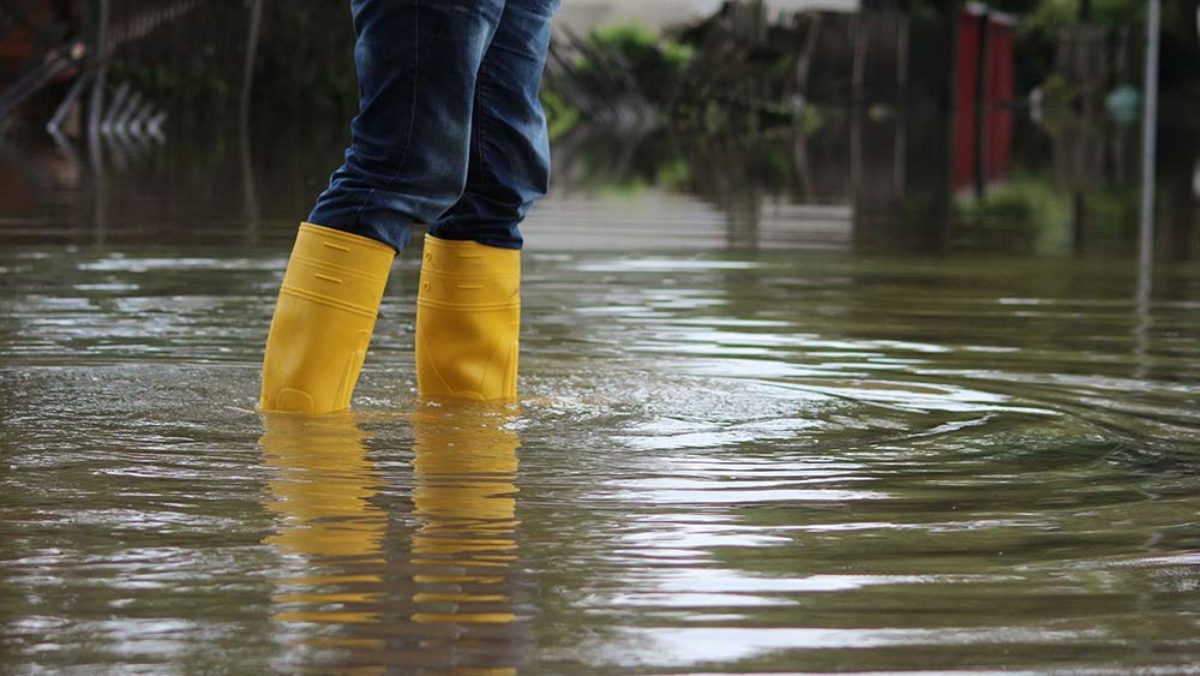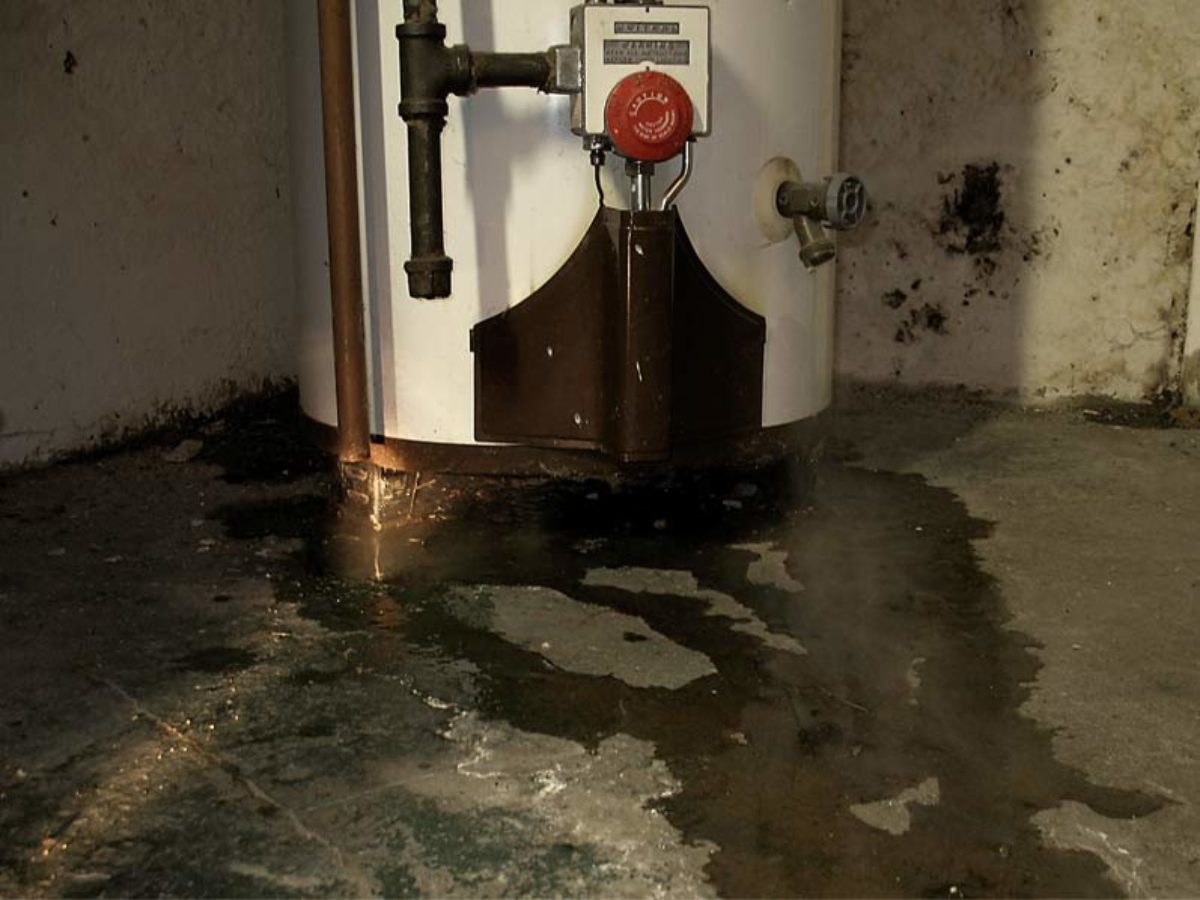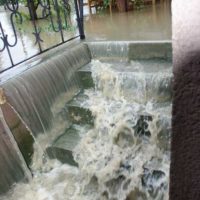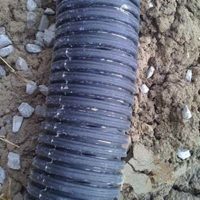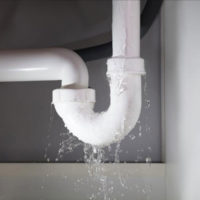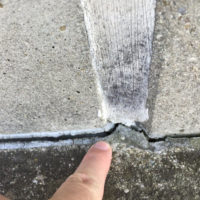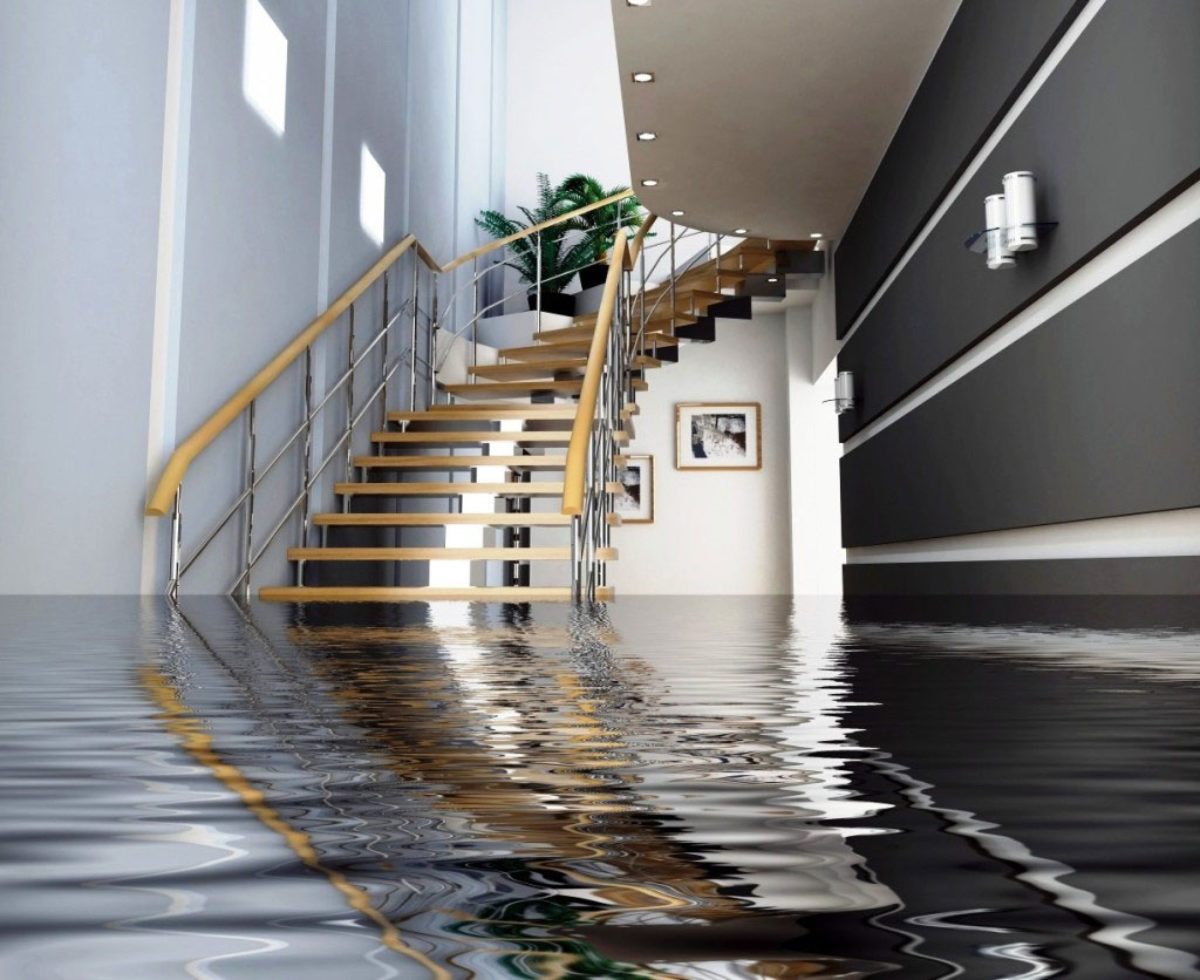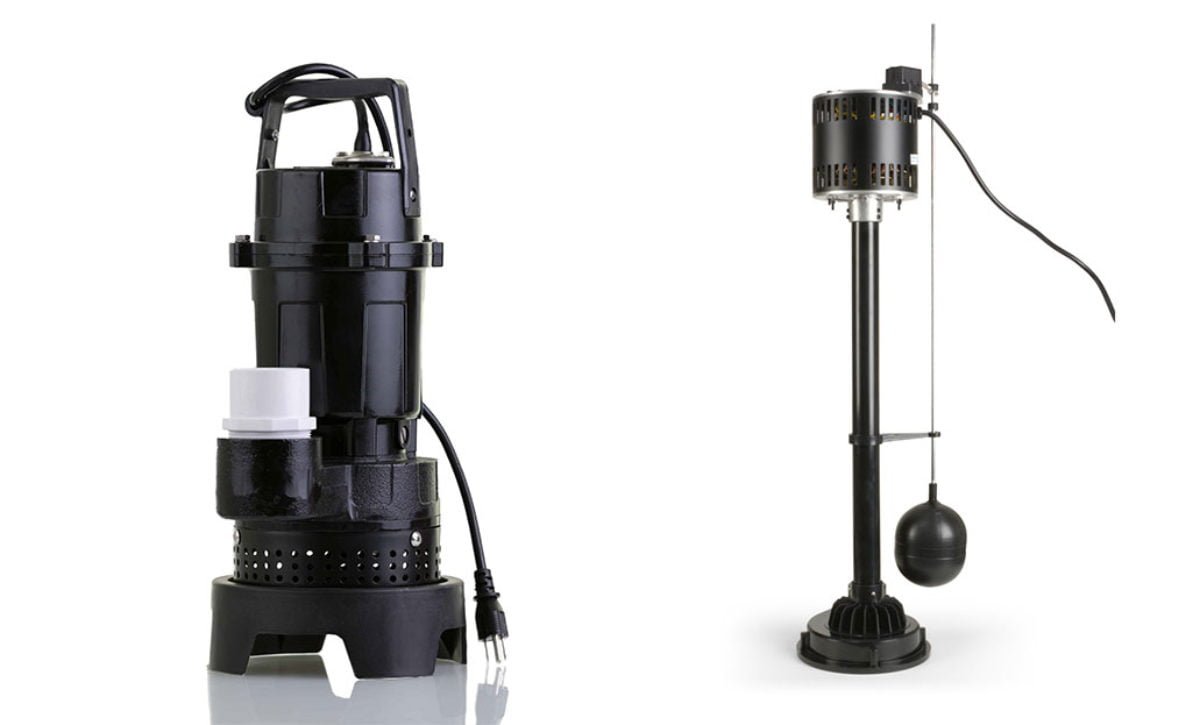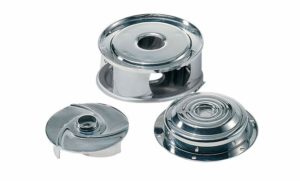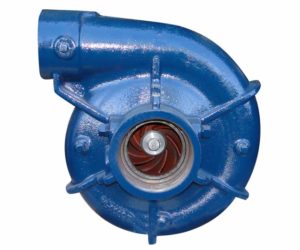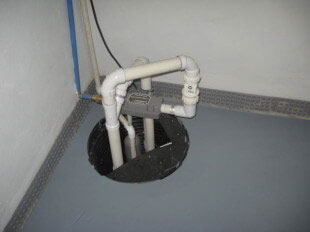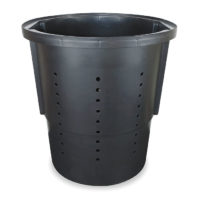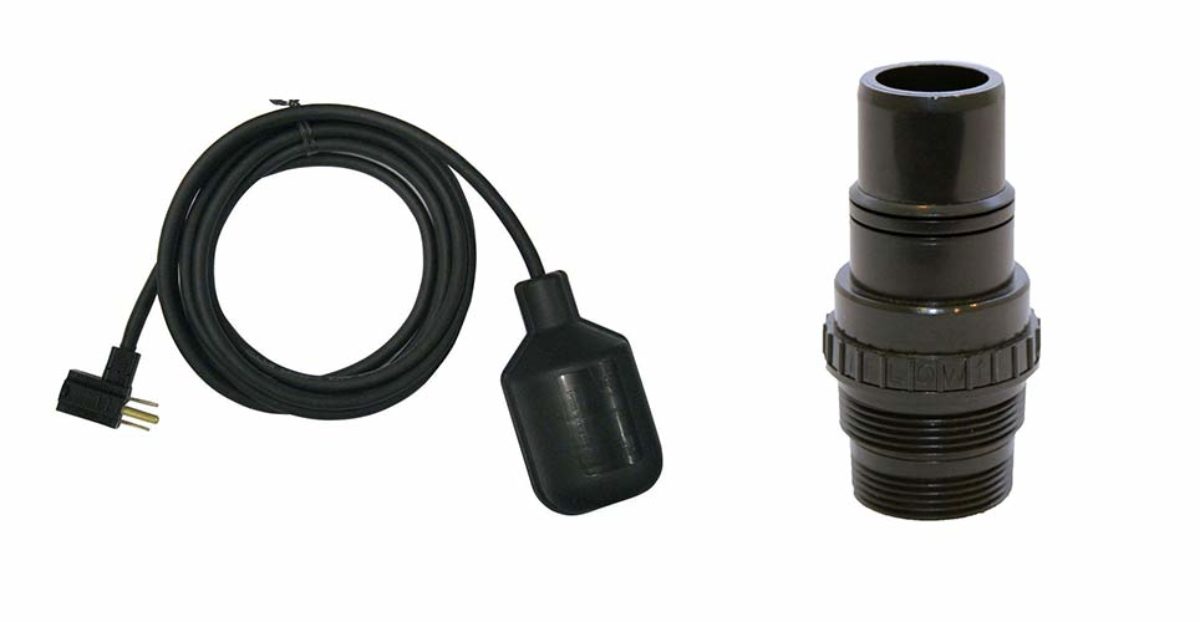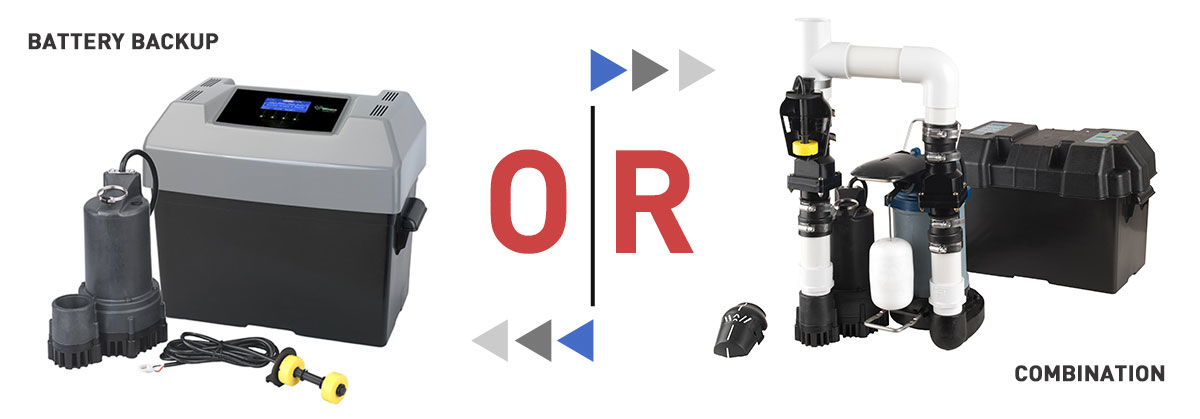We mentioned before that sump pump is also called submersible pump or sub pump. But these names aren’t completely correct. Because the sump pump is, in fact, the main category and has two different types: submersible sump pumps and pedestal sump pumps. Most of the people call sump pump “submersible” or shortly “sub” pump probably because it sounds familiar. Submersible pumps are commonly used within the sump under the water. On the other hand, the motor of the pedestal (also known as vertical) pumps are above the sump. The working logic of these two types are different, thus their mechanisms are different. As one of them needs a pit, the other one doesn’t; because it won’t work under the water. Therefore, these two types need to be reviewed differently.
We mentioned the two most common types of the sump pump, but is there any other types? Yes, there is. However, they are not usually classified under the sump pump category as they are sold as a package. The sump pump systems on the market are as follows





